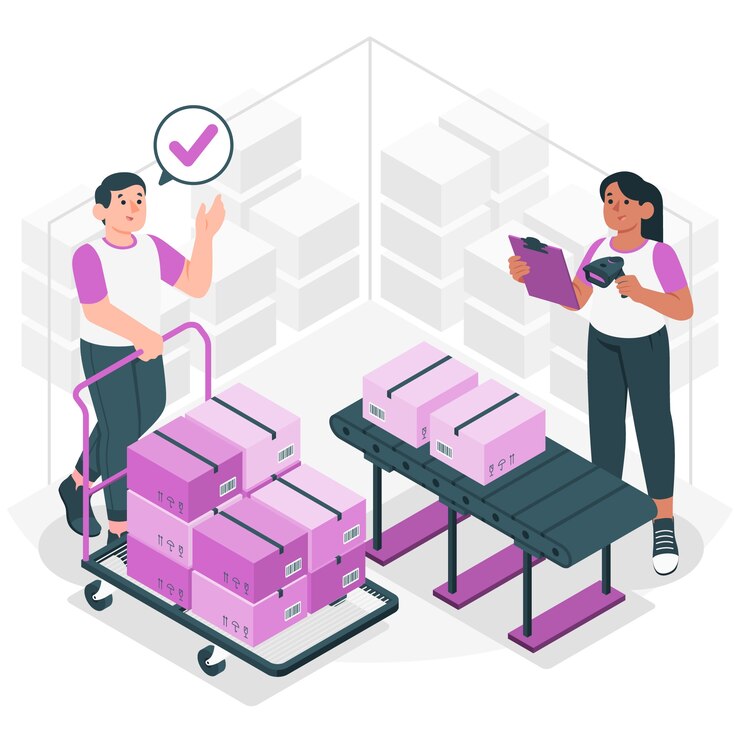Introduction
In a world driven by high-speed data, intelligent automation, and ever-growing connectivity needs, Transwave emerges as a pivotal player in transforming how we communicate and operate digitally. Whether it’s powering telecommunications infrastructure, enabling industry-wide digital transformation, or pioneering next-generation network solutions, Transwave represents a bridge between today’s challenges and tomorrow’s possibilities.
This blog post explores Transwave in detail—its definition, technology landscape, real-world applications, and role in shaping smart cities, businesses, and global networks. By the end of this comprehensive guide, you will understand why Transwave is more than just a buzzword—it’s a movement.
What is Transwave?
Transwave refers to a broad-spectrum technology framework involving the transformation of wave-based communication systems—such as radio, optical, and microwave technologies—into intelligent, adaptable, and scalable infrastructures for data, voice, and signal transmission. It often includes hybrid networking systems, smart switching mechanisms, and AI-enhanced signal optimization.
Key Attributes of Transwave:
-
Multi-layered data transmission capability
-
Integration of wireless and wired networks
-
Advanced wave modulation techniques
-
AI-powered predictive analytics
-
Cross-industry adaptability
How Transwave Works: The Technical Side
Transwave works by blending several types of wave-based technologies into a single unified network solution. Here’s a breakdown:
1. Hybrid Wave Transformation
Combining microwave, radiofrequency, and optical waves, Transwave enables long-range communication with low latency and high fidelity.
2. AI and Machine Learning
Transwave systems leverage AI for adaptive modulation, auto-diagnostics, and predictive traffic management in real time.
3. SDN & NFV Integration
Software-Defined Networking (SDN) and Network Function Virtualization (NFV) are core to Transwave’s functionality, enabling programmable, scalable, and virtualized networks.
The Rise of Transwave in Telecommunications
Transwave technologies are rapidly becoming the backbone of modern telecommunications. They support 5G, satellite uplinks, cloud-based PBX systems, and even edge computing.
Benefits in Telecom:
-
Improved spectral efficiency
-
Seamless handover across networks
-
Reduced infrastructural cost
-
Minimal interference and higher bandwidth
Transwave and IoT: A Perfect Match
The Internet of Things (IoT) requires low-latency, high-availability networks, which is exactly what Transwave offers.
Applications in IoT:
-
Smart cities
-
Home automation
-
Industrial monitoring
-
Agricultural technology (AgriTech)
Transwave can handle millions of sensor nodes, seamlessly transmitting data in real-time using a mix of LPWAN, NB-IoT, and 5G protocols.
Transwave in Smart Cities
Transwave is foundational to the development of smart cities—urban areas that rely on technology for sustainable growth, traffic management, energy usage, and public safety.
Use Cases:
-
Smart lighting systems
-
AI traffic control
-
Emergency response optimization
-
Public Wi-Fi mesh networks
Transwave ensures a continuous data flow across thousands of connected endpoints, giving city administrators real-time insights into urban dynamics.
Transwave for Enterprises and Industries
Businesses are adopting Transwave to gain faster, more secure, and more efficient communications across operations.
Business Benefits:
-
Enterprise-level VPNs with zero downtime
-
AI-powered customer interaction via VoIP
-
Smart warehousing through connected devices
-
Enhanced cybersecurity through traffic pattern monitoring
Sectors like manufacturing, logistics, finance, and healthcare have seen measurable improvements in KPIs post-Transwave deployment.
Future Trends in Transwave Technology
Transwave is still evolving, and the future is promising. Here are some transformative trends:
-
6G Integration
-
Quantum wave transformation
-
AI-managed network autonomy
-
Satellite-to-device direct communications
-
Digital twin for network simulation and testing
Challenges in Implementing Transwave
No innovation is without challenges. Transwave faces the following hurdles:
1. Infrastructure Costs
Initial deployment, especially in underdeveloped regions, can be expensive.
2. Skill Gaps
Specialized knowledge in wave mechanics, AI, and telecom integration is needed.
3. Regulation
Telecommunication regulatory frameworks need updates to accommodate hybrid networks.
The Global Impact of Transwave
From Asia to Africa, Transwave is helping bridge the digital divide, providing internet access to remote areas and enabling small enterprises to compete in global markets.
Global Adoption Stats:
-
South Korea and Japan: Early adopters with national-level rollouts
-
India and Brazil: Pilot programs in rural areas
-
USA and Europe: Focused on urban deployment and 6G integration
Industry Case Studies Using Transwave
Case Study 1: Healthcare
A leading hospital network used Transwave to connect 17 branches across a country, reducing average diagnostic time by 40% due to real-time imaging and data sharing.
Case Study 2: Retail
A retail chain improved in-store engagement by deploying smart shelves and real-time price updates using Transwave technology.
Case Study 3: Agriculture
In a remote village, Transwave-enabled drones and soil sensors helped farmers reduce water waste by 60%, increasing yield per acre.
Environmental Impact of Transwave
Transwave contributes to environmental sustainability by:
-
Enabling energy-efficient data transmission
-
Supporting smart grids for power management
-
Reducing carbon emissions through optimized logistics and operations
Transwave and Cybersecurity
Security is a growing concern. Transwave integrates multiple layers of defense:
-
Encrypted wave-based communication protocols
-
Dynamic threat detection via AI
-
Decentralized firewall systems
-
Real-time traffic anomaly detection
Investment Opportunities in Transwave
For investors and startups, Transwave presents a fertile ground:
-
Infrastructure hardware (e.g., smart towers, antennas)
-
AI-enhanced network software
-
Green energy applications
-
Specialized consulting services
Final Thoughts
Transwave is not just a technology—it’s a revolution. It unites the power of advanced wave mechanics, artificial intelligence, and global connectivity to form the next-generation backbone of modern civilization. From businesses to governments, from agriculture to aerospace, the world is embracing Transwave as the core enabler of digital transformation.
FAQs
1. What industries benefit most from Transwave?
Industries like telecom, healthcare, logistics, agriculture, and smart cities benefit due to the adaptable, scalable, and efficient communication it offers.
2. Is Transwave the same as 5G?
No, but Transwave can support and enhance 5G networks by providing hybrid communication layers that work across multiple wavelengths.
3. How does Transwave support IoT?
By ensuring real-time, low-latency, and high-throughput connectivity that is essential for millions of connected devices in IoT ecosystems.
4. Can small businesses implement Transwave?
Yes. With the rise of modular and cloud-based Transwave solutions, small businesses can also adopt it cost-effectively.
5. Is Transwave environmentally sustainable?
Yes. It promotes efficient energy use, reduces waste, and supports environmentally friendly practices through smart automation and optimization.






